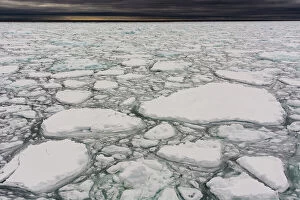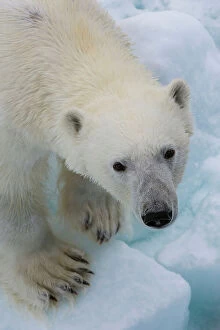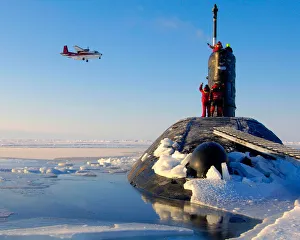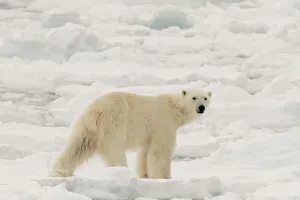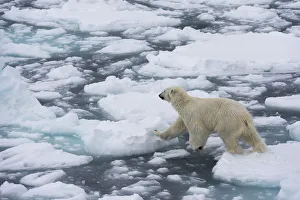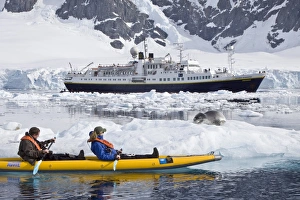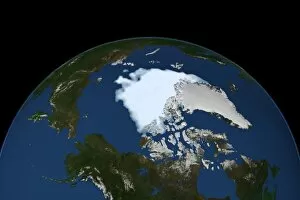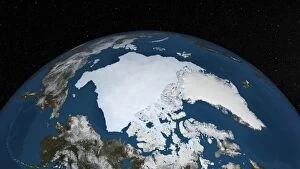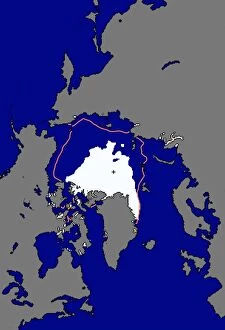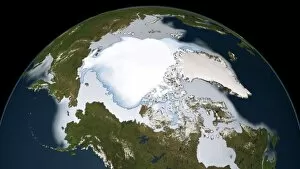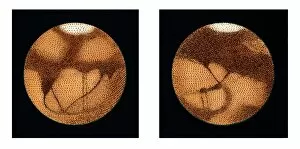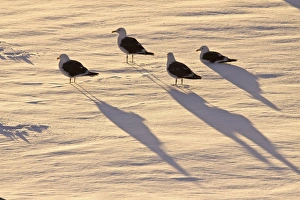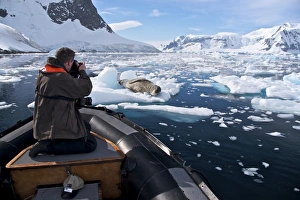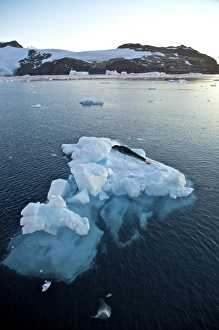Polar Ice Cap Collection
"Exploring the Polar Ice Cap: A Journey to the Frozen North" Embark on a captivating expedition through the vast expanse of the Polar Ice Cap
All Professionally Made to Order for Quick Shipping
"Exploring the Polar Ice Cap: A Journey to the Frozen North" Embark on a captivating expedition through the vast expanse of the Polar Ice Cap, located north of Spitsbergen in Norway's Svalbard Islands. This maritime map guides us through this icy realm, where nature's wonders unfold. As we venture into this frozen wilderness, we encounter the majestic polar bear (Ursus maritimus), gracefully navigating its icy habitat. These magnificent creatures are perfectly adapted to survive in this harsh environment, relying on their thick fur and layers of blubber to withstand freezing temperatures. At 81 degrees north of Spitsbergen lies an Arctic paradise that showcases both beauty and resilience. Here, amidst towering ice formations and glistening glaciers, life thrives against all odds. The HMS Tireless emerges from beneath these frozen waters, reminding us of humanity's quest for knowledge even in such remote regions. Beyond our own planet lies another intriguing connection – Mars. In the 1950s telescope image C016/6321, we catch a glimpse of Mars' surface resembling our very own polar ice caps. It serves as a reminder that Earth is not alone in possessing such unique features within our solar system. Returning to Earth's northernmost reaches near Spitsbergen once more, we witness polar bears roaming freely across the pristine white landscape. Their presence symbolizes both vulnerability and strength as they adapt to changes brought about by climate change and diminishing sea ice. The Arctic ice minimum extent records provide crucial insights into environmental shifts over time. The years 2012 and 2013 witnessed significant reductions in ice coverage—an alarming trend that calls for urgent action to protect these fragile ecosystems. Exploring the Polar Ice Cap unravels tales of survival against adversity while highlighting mankind's impact on these delicate environments. Let us strive towards preserving these breathtaking landscapes so future generations can continue marveling at their magnificence.

